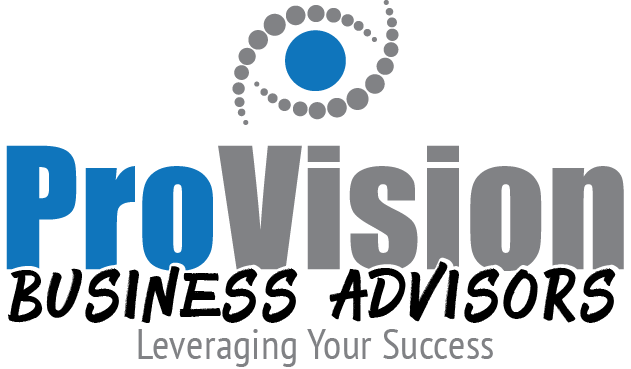 Yesterday, October 1, 2015, minimum wage in Alberta increased by $1.00/hour from $10.20 to $11.20. Saskatchewan & Manitoba are following suit. In this series of posts, I’ll share ideas, tips and strategies for business owners. You pick the ones that will add value to your business. Consult with your business coach to help you select impactful activities.
Yesterday, October 1, 2015, minimum wage in Alberta increased by $1.00/hour from $10.20 to $11.20. Saskatchewan & Manitoba are following suit. In this series of posts, I’ll share ideas, tips and strategies for business owners. You pick the ones that will add value to your business. Consult with your business coach to help you select impactful activities.
Know your financials!
Before you can really narrow down on the strategies you will implement in your business to improve profitability, you need to understand the impact of all your decisions on your profitability. Business owners are laser-focused on the impact of staffing decisions, but solutions may involve a combination of decisions including capital investment, supplier management and / or labour.
Locating reducible expenses
Your focal point should be in locating expenses that can be cut. Therefore, the information should be as current as possible. A P&L statement (aka Income Statement) reports to you expense items that bear watching in the present business period. If you get a P&L statement only at the end of the year, you should consider having one prepared more often. At the end of each quarter might be often enough for some firms. Ideally, you can get the most recent information from a monthly P&L.
Regardless of the frequency, for the most information two P&L statements should be prepared: a year to date one and a monthly one. Year to date statements should report the sales, expenses, profits and/or loss of your operations cumulatively for the current business year to date. The monthly statement should report on the same items for the last complete month or quarter.
Each of the statements should also carry the following information:
- This year’s figures and each item as a percentage of sales.
- Last year’s figures and the percentages.
- The difference between last year and this year – over or under.
- Budgeted figures and the respective percentages.
- The difference between this year and the budgeted figures – over and under.
- Average percentages for your line of business (industry benchmarks) and
- The difference between your annual percentages and the industry benchmarks – under or over.
This information allows you to locate expense variation in three ways: (1) by comparing this year to last year, (2) by comparing expenses to your own budgeted figures, and (3) by comparing your percentages to the operating ratios for your line of business. The important basis for comparison is the percentage figure. It represents a common denominator for all three methods. When you have indicated the percentage variations, you should then study the dollar amounts to determine what line of action is needed. Where can you focus for the most impact? Look behind the numbers to the explanations and causes of both good and bad variances. If you can make even small changes to these percentages, your profits can significantly increase.
Because your cost cutting will come largely from variable expenses, you should make sure that they are flagged on your P&L statements. Variable expenses are those which fluctuate with the increase or decrease of sales volume. Some of them are: advertising, delivery, wrapping supplies, sales salaries, commissions, and payroll taxes. Fixed expenses are those which stay the same regardless of sales volume. Among them are: your salary, salaries for permanent non-selling employees (skeleton staff to keep doors open), depreciation, rent, and utilities. Some expenses may contain both variable and fixed elements.
Know your break even points
- Budget, plan and monitor – review your financials monthly
- Meet with your accountant and your business coach
- Engage outside help – to review and analyze, to reduce and control costs. Operational audit of purchasing processes, negotiate with suppliers, implement cost savings recommendations.
I believe that business is a tool to help you live the life you want to live. To live the life you want to live, you need to have a predictably profitable business that succeeds without you. That means ensuring your business is profitable.


